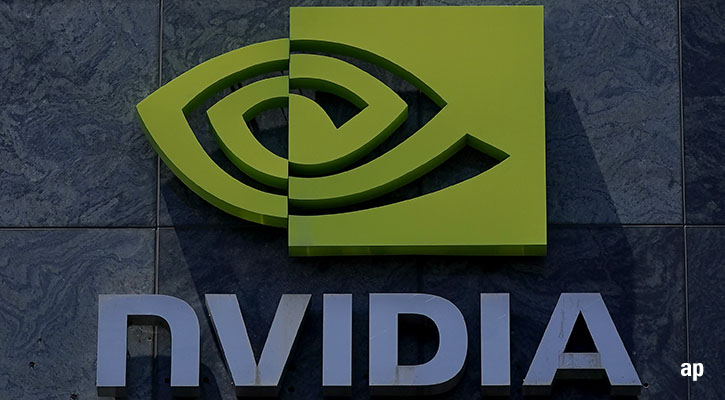Sure, you can spend hours on the treadmill and hold fast to a diet of flaxseed, tofu, and vividly coloured vegetables. But being physically fit, like so many worthwhile goals in life, revolves as much around avoiding the obvious mistakes--such as curling up on the couch with three hours of reality TV and a bowl of ice cream every night--as it does on taking the right proactive steps.
So it goes with investing, especially during retirement. If you can avoid the key pitfalls, you're more than halfway there. In this article we share some of the key retirement-planning traps investors fall into as well as some guidance on how to avoid them.
1. Not Having a Sustainable Withdrawal Rate
Those who came of age in the Depression era of the 1930s and 1940s are notorious for living well below their means. But financial planners confide that many of today's crop of new retirees are doing just the opposite, spending well more than their nest eggs can support. Conventional financial-planning wisdom holds that a 4% annual withdrawal rate, coupled with an annual inflation adjustment, is sustainable for most retirees. Yet some retirees are pulling double that amount or more from their portfolios. When you factor in increasing longevity rates it's easy to see how the maths behind such lofty withdrawals can get very ugly, very fast.
Ideally, investors should consider their in-retirement withdrawal rates well before they're retired, while they still have time to adjust their lifestyles and kick up their savings rates. The 4%-plus-inflation-adjustment rule is a good, one-size-fits-all starting point. But to stress-test your withdrawal rate using your own portfolio and other information, Morningstar's Asset Allocator is a helpful tool. Just be aware that asset-class return expectations for online calculators might be too rosy, as I discussed in the article Get Realistic About Future Market Returns.
2. Not Being Realistic About Income Needs During Retirement
In a related vein, retirees who are stress-testing their projected withdrawal rates might not be taking a realistic view about how much they need for their lifestyle. You often read about all the money you'll save when you're no longer working--on dry-cleaning, commuting, lunches out, and not having to save so much for retirement anymore. Given that cavalcade of savings, it's not surprising that so many retirees fall back on the conventional wisdom that they'll only need to replace 80% of their income during their working years when they actually retire.
In reality, that 80% rule is at best a rule of thumb; some retirees actually spend more than they did while they were working, while others spend much less. (Healthcare costs cane be one of the biggest wild cards, read more in How to Hedge Against the Market's Many Wild Cards.) Morningstar's John Rekenthaler addressed this topic in his August 2009 article The 80% Myth and retirement specialist Mark Miller also discussed the 80% rule in this video.
3. Not Minding Asset Location and Sequence of Withdrawals
Tax management is one of the few variables that we investors can exert any level of true control over, but I'm often surprised at how many investors overlook this valuable lever as they manage their own preretirement and in-retirement programmes. So in addition to giving due attention to how much you withdraw from your retirement accounts, it's also important to consider how you draw from your retirement accounts--in which accounts you'll hold various types of assets and the sequence you'll use to withdraw from them. By minding asset location, you'll be able to reduce the drag of taxes on your take-home return. Paying attention to withdrawal sequencing can help stretch out the tax-savings benefits that accrue to investments held in company retirement plans and tax-efficient wrappers such as ISAs.
4. Missing the Mark With Asset Allocation
Thus far, we've focussed mainly on mistakes related to withdrawal strategies. But at the risk of stating the obvious, the composition of your preretirement and in-retirement portfolio--notably, its mix of stocks, bonds, and cash--will also have a huge impact on the sustainability of your nest egg. In the recent bear market, many retirement-aged investors learned the hard way the risks of holding too much of their investment portfolios in stocks, forcing them to put off retirement or dramatically reduce their in-retirement standard of living.
However, I think the risks of being too conservative are equally concerning right now, particularly when you consider inflation, increasing longevity, and currently meagre interest rates available on so-called safe securities. Retired investors may want to consider an aggressive exchange-traded fund portfolio, for example, or an aggressive in-retirement portfolio consisting of mutual funds. Retirement itself can last 30+ years these days, thanks to improvement in health and healthcare, so your retiree portfolio asset allocations may need to go through several stages over these three decades. We discussed retiree portfolio asset allocations in our article Portfolio Management for Investors in Retirement.
5. Failing to Prioritise Debt Paydown
I know, I've just opined that "safe" investments aren't as safe as they appear, particularly given the prospect of higher inflation and rising interest rates. Yet, what if I told you there was a risk-free way to pick up 4%, 5%, 6%, or even more on your money, guaranteed? Yes, you read that right, and doing so is as simple as sending extra money each month to the bank that holds your mortgage or loan. Of course, prepaying debt won't make sense in every situation, but if you plan to stay in your home long term, it's one of the best ways to reduce your fixed costs as you enter retirement, thereby reducing your withdrawal rate. There are often restrictions on prepaying debt so you need to thoroughly research these first and you may want to seek the advice of an independent financial adviser, but it’s something that we certainly believe is worth considering.























